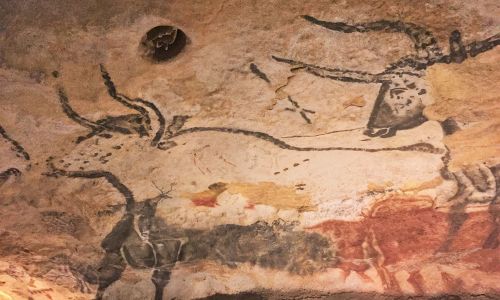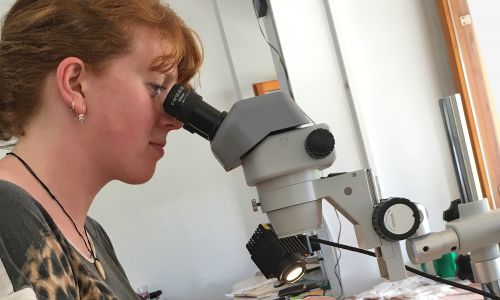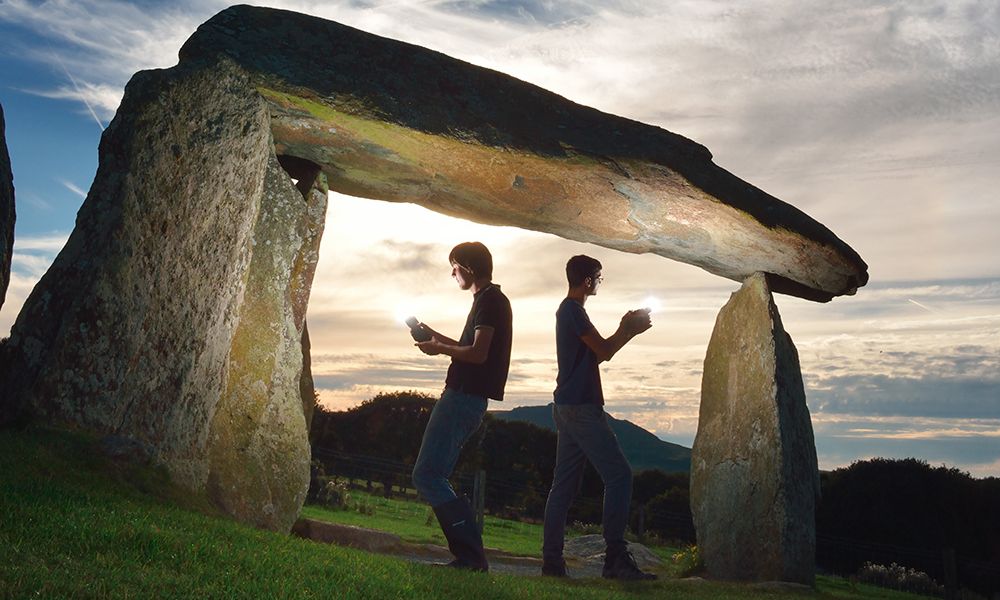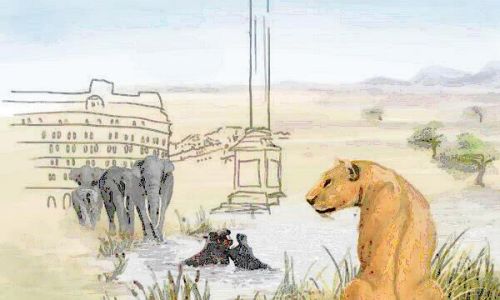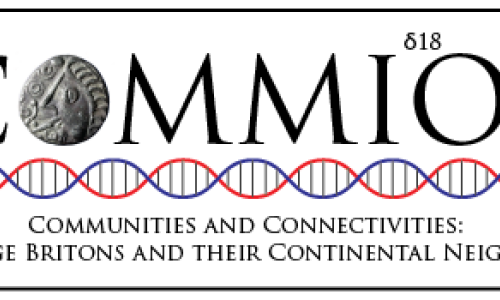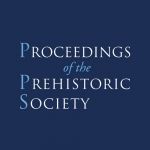Events and Activities
Palaeo-London. Thinking About The Ice Age Archaeology and Environments of the Capital
From the first recorded discovery of a Palaeolithic tool through to the professional commercial excavations taking place in the city in recent years, we’ll consider how the London landscape was shaped by ice and water, and the early human populations who adapted, or not, to the dramatic cycles of climate change evidenced in the gravels and clays of the city’s deep past.
Image: Tabitha Paterson
Iron Age Lives: exploring social dynamics in later prehistoric Britain and Europe
This one-day conference presents the key results of the COMMIOS Project along with parallel projects in Europe. It will explore the social dynamics of Iron Age society, including new evidence for kin-group composition, mobility, regional identities and complex relationships between the living and the dead.
Inhabiting temperate Europe in the 4th-1st millennia BC.
The Prehistoric Society Europa Conference 2024: Inhabiting temperature Europe in the 4th-1st millennia BC will be held in Edinburgh at the Augustine United Church on 15th June 2024. This year the conference honours the achievements of Prof. Ian Ralston, Emeritus Abercromby Professor of Archaeology (School of History, Classics & Archaeology, University of Edinburgh), in the field of European Prehistory.



